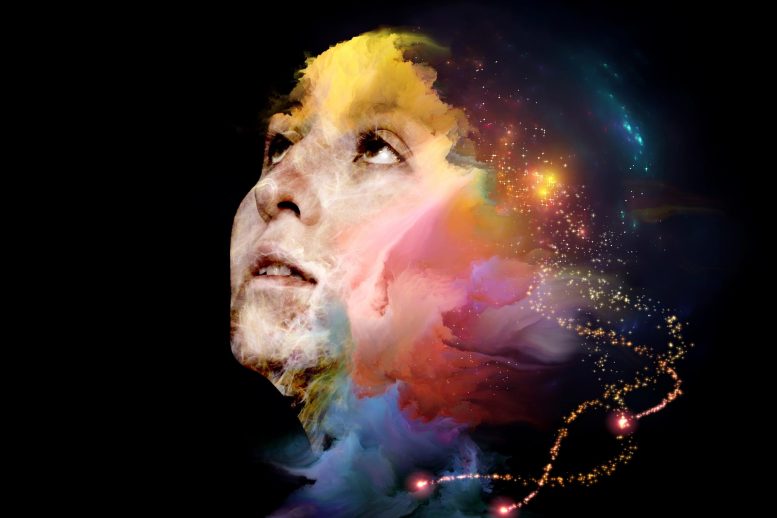
New research shows that the characteristic eye movements of REM sleep represent gaze shifts in the dream world of sleeping mice.
Rapid eye movements during REM sleep represent gaze shifts in dreaming mice.
According to a new study published in the journal Science, the characteristic eye movements that give rapid eye movement (REM) sleep its name represent gaze shifts in the dream world of sleeping mice. The findings reveal an observable readout of the internal sense of direction in the dream state. They also provide valuable new insights into the cognitive processes of the sleeping brain.
REM sleep is often associated with dreaming. Therefore, some have proposed that the nature of REM eye movements may relate to the content of an ongoing dream. Others have suggested that the rapid eye movements instead reflect random brainstem activity. Testing these hypotheses remains a challenge.
A saccade is a rapid, simultaneous movement of both eyes between two or more phases of fixation in the same direction.
Many previous studies have relied on the subjective and potentially inaccurate reporting of dreams by humans. Instead, Yuta Senzai and Massimo Scanziani focused on the head direction (HD) system of the mouse as an objective readout. While awake, the activity of HD cells in the mouse’s thalamus encodes the direction of the animal’s head as it explores or navigates the environment. Changes in HD cell activity are often accompanied by fast saccade-like movements of the eyes in the same direction.
Senzai and Scanziani recorded HC cell activity using extracellular linear probes. They simultaneously monitored the movements of both eyes with head-mounted cameras in awake and sleeping mice. They found that the direction and amplitude of rapid eye movements during REM sleep encoded direction and amplitude of the heading of mice in their dream environment.
The findings indicate that rapid eye movements provide an external readout of an internal cognitive process occurring during REM sleep and reveal a coordination that may underlie the realistic and vivid experience of dreams.
“If rapid eye movements reflect thoughts during sleep, reading the eye movements of others, while observing them sleep, would open a window for reading and potentially manipulating their thoughts during dreams,” write Chris De Zeeuw and Cathrin Canto in a related Perspective.
For more on this study see When Our Eyes Move During REM Sleep, We’re Looking at Things in the Dream World.
References:
“A cognitive process occurring during sleep is revealed by rapid eye movements” by Yuta Senzai and Massimo Scanziani, 25 August 2022, Science.
DOI: 10.1126/science.abp8852
“Interpreting thoughts during sleep: Rapid eye movements during sleep are a readout of thoughts during mouse dreams” by Chris I. De Zeeuw and Cathrin B. Canto, 25 August 2022, Science.
DOI: 10.1126/science.add8592


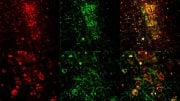

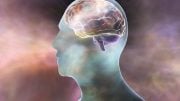

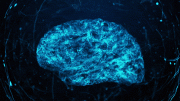

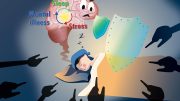
This has been known for half-a-century. What am I missing?